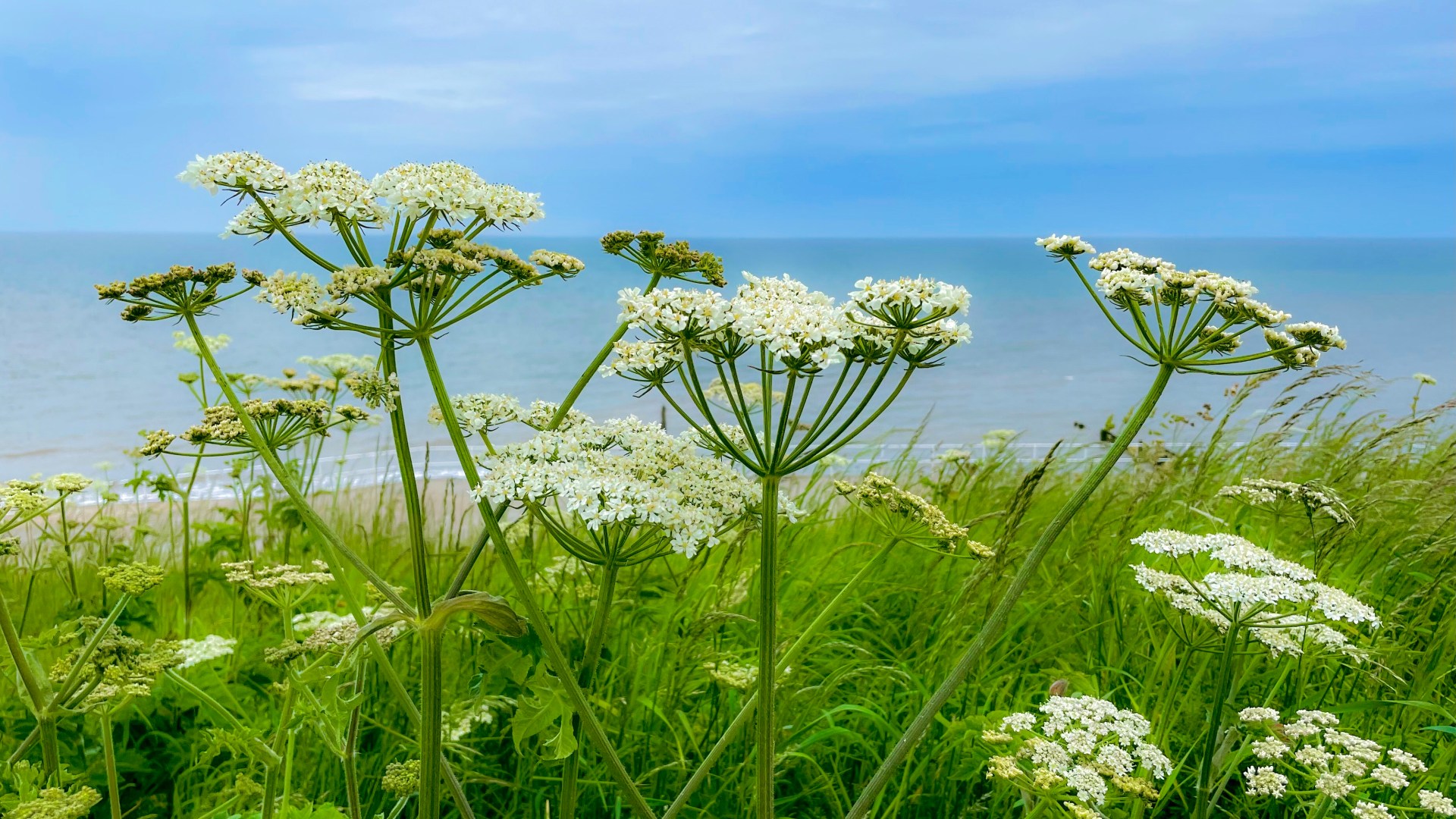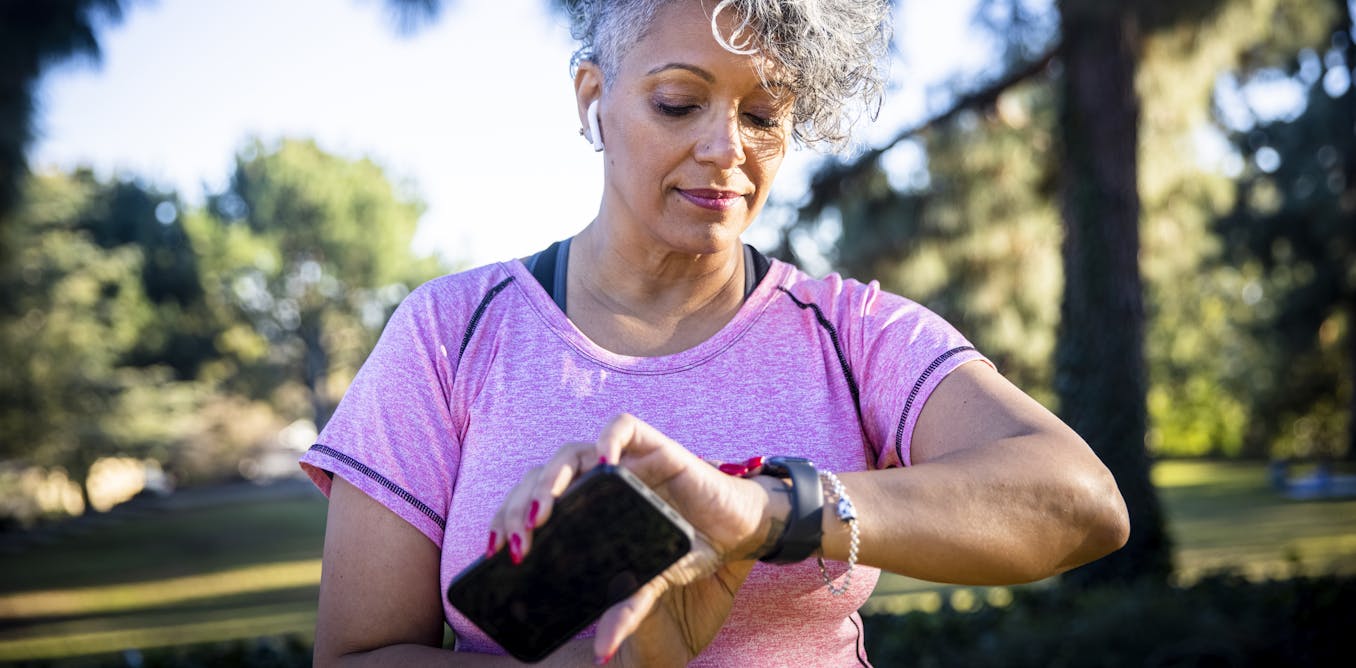BRITAIN’S “most dangerous plant” which burns skin and can turn you blind is at its scorching peak, experts have warned.
Giant hogweed can cause severe blisters, painful burns and long-lasting scars if touched.
3

3

3
The sap of the plant stops our skin protecting itself against the sun, meaning its victims face blisters if exposed to daylight.
And because it causes no immediate pain, those affected may continue to enjoy the good weather, unaware of any problem until the first burns appear.
Now, experts have warned that the large and invasive plant has hit its terrifying peak.
With the school holidays starting and Brits spending more time outside the risk of injury is surging.
Callum Sinclair, project manager with the Scottish Invasive Species Intiative, said: “We first begin to see seedlings emerging in sort of March-April time.
“And they’re obviously smaller at that point of the year, so we do most of our control work on them then when they’re smaller and less dangerous.
“By the time we get to this time of year, they’re pretty impressively-big plants and impressively-dangerous plants as well obviously.
“They’re probably close to sort of maximum height now and mid-summer, July and August.”
At this time, even the professionals like to keep their distance, he added.
He said: “The reason we treat them earlier in the season is because they are smaller obviously and less dangerous because we can get in amongst them with protective clothing.
“But once you get to the height that they are now in the summer time, and they’re large with big leaves, they’re dangerous to get in amongst.
“So now, in the summer time, when obviously schools are on holiday and people are active in the summer, is the time we would really be warning to keep well back from them basically.”
The plant isn’t just rife in Scotland, but all across the UK.
Chloe Douglas, from Sunderland, Tyne and Wear, woke up with rashes on her hands and neck, which grew into blisters “the size of grapes” after encountering the plant.
“The recovery was extremely painful,” she said.
Meanwhile, in Hampshire, the plant left a chihuahua-pug cross with “weeping blisters that looked red and sore” said owner Sue Earley.
And in Somerset, mum Samantha Morgan recently described how her two-year-old son was left screaming in agony as medics cut away his giant hogweed blisters.
Last summer, Ross McPherson was left with a blister as big as an orange and struggling to dress himself after brushing past a giant hogweed in Dunbar, East Lothian.
And in Glasgow, retired lifeboat officer George Parsonage, 80, recently described how he was still tormented by an old giant hogweed wound from the 1960s.
Mike Duddy, of the Mersey Basin Rivers Trust, said in 2015 that the giant hogweed was “without a shadow of a doubt, the most dangerous plant in Britain”.
The giant hogweed is native to the Caucasus, but was introduced to Britain as an ornamental plant in 1817, and its spread has now got out of control.
How do I treat burns from Giant Hogweeds?
Mr Sinclair emphasised that giant hogweed often caused long-term injuries.
He said: “This plant can cause painful blistering or burns, and also those things can actually come back year on year.
“So it’s not a once-and-for-all damage that they can cause to you.”
He added: “And if you do happen to come into contact with it and do get burned, you need to cover the contact point up because the sunlight will make it worse.
“And then you need to probably wash the area to rid the sap from it with water and soap.”
The NHS website advises that if blisters appear, do not burst them! If the blisters are extensive, seek medical attention.
Should you get sap in your eye, flush the eye with a large amount of water and seek medical attention.
If you begin to feel unwell after contact with giant hogweed, speak to your doctor.
Ensure you thoroughly and quickly wash the clothes you were wearing when you came into contact with the plant.
Tips for keeping pests from your garden

- Plant companion plants such as peppermint to repel rats.
- Place Garden Netting Pest Barrier, over your flowerbeds.
- Fill open-top containers with beer and place in soil to repel slugs.
- Spray plants with Neem Oil, to repel ants, flies, and spiders.
- Dust your flowerbeds with Diatomaceous Earth.
- Mix 1 tablespoon dish soap, 10 drops peppermint oil, and 4 cups water and spray on flowerbeds.
- Place eggshells around your plants to protect from slugs and snails.




